Bacteria
Image courtesy of JPL/NASA
Pre-Cambrian Life
About 2.5 billion years ago (BYA), after the iron in the ocean was gone to form
iron ore deposits, oxygen began accumulating in the atmosphere. Soon, enough oxygen accumulated in the early atmosphere for a change in the genetic code which resulted in the formation of eukaryotic cells. These are cells in which the organelle are outside of the nucleus, and the nucleus has a separate and distinct place within the cell. Both heterotrophs (early animals) and autotrophs (early plants) adapted to the new cells.
In sophisticated cells with a nucleus, not only respiration, but even photosynthesis is more efficient, so the production of oxygen in the environment of the early Earth accelerated. That made it possible for respiration (for animals which breathe oxygen) to begin in simple organisms. The new life forms which came to be were single-celled organisms like protozoans, amoeba, etc, animals which we now classify as part of the, Protista Kingdom .
By the end of the Proterozoic, new life forms evolved which were multi-cellular and colonial.
You might also be interested in:

Eventually, as with the development of photosynthesis along sulfur and methane pathways, where sulfur and methane products are produced, photosynthesis along the oxygen pathway, where oxygen is produced,
...more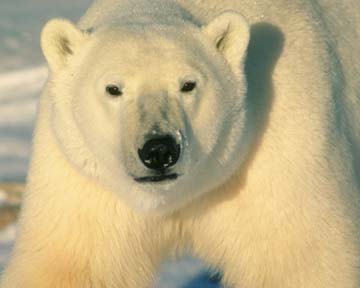
Respiration is the name of the general process by which living organisms convert sugars and oxygen into biochemical energy. The process occurs in all organisms, including animals, plants, fungi, and bacteria
...more
Photosynthesis is the name of the process by which autotrophs (self-feeders) convert water, carbon dioxide, and solar energy into sugars and oxygen. It is a complex chemical process by which plants and
...more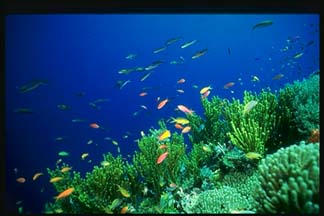
Members of the Kingdom Protista are the simplest of the eukaryotes. Protistans are an interesting assemblage of organisms classified for what they are not. Protistans lack characteristics shared by plants,
...more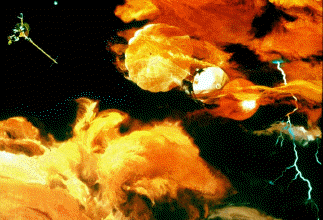
Jupiter's atmospheric environment is one of strong gravity, high pressure, strong winds, from 225 miles per hour to 1000 miles per hour, and cold temperatures of -270 degrees to +32 degrees (freezing temperature).
...more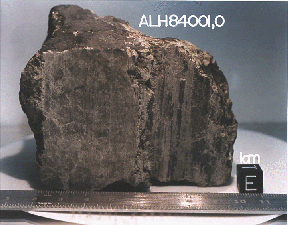
In July, 1996, it was announced that Dr. David McKay, along with a team of scientists at Johnson Space Center (a division of NASA), had discovered possible fossils of bacteria in an ancient rock from Mars.
...more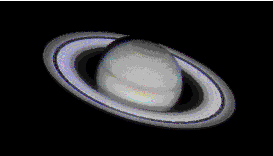
Saturn's atmospheric environment is one of strong gravity, high pressure, strong winds, from 225 miles per hour to 1000 miles per hour, and cold temperatures of -270 degrees to +80 degrees. With winds
...more















